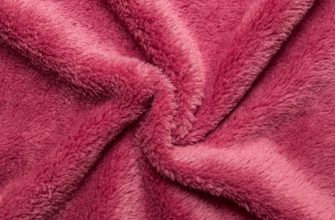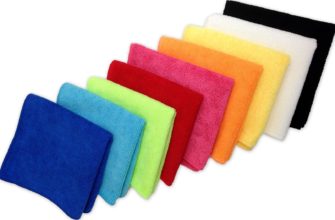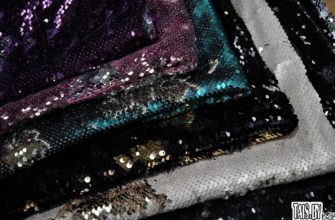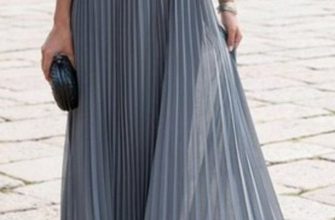One of the varieties of textiles is transparent mesh material. Elastic fabric formed from cells of synthetic threads woven in a special way. Wide use of the fabric for decorative elements, headdresses, sewing wedding and ball gowns has been used for some time. Finding an ideal replacement for the popular material is quite difficult.
- What is tulle
- The history of the first mesh material
- Production technology
- Composition and properties
- Recommendations for choosing materials
- What is sewn from tulle?
- Types of tulle and its areas of application
- Soft
- How to care for tulle products
- What is the difference between Eurofatin and tulle?
- Tulle and mesh: what is the difference
What is tulle
The interlacing of nylon or polyester fibers is used in the production of tulle. The threads are connected in knots, forming tiny cells similar to honeycombs. The material tulle looks like can be guessed from the description alone.
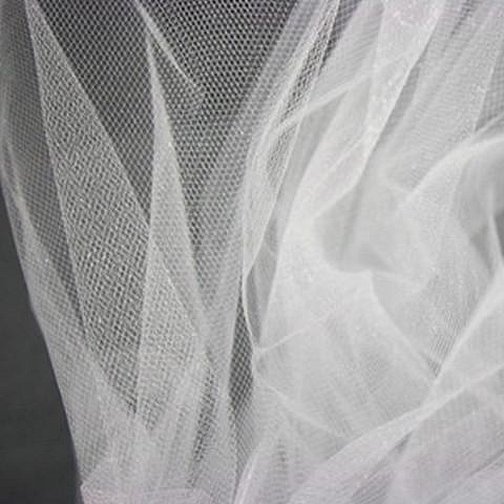
The external resemblance to the weave of fishing nets gave the name to transparent cellular fabrics, which is often used as "net". This description is enough to understand what tulle is.
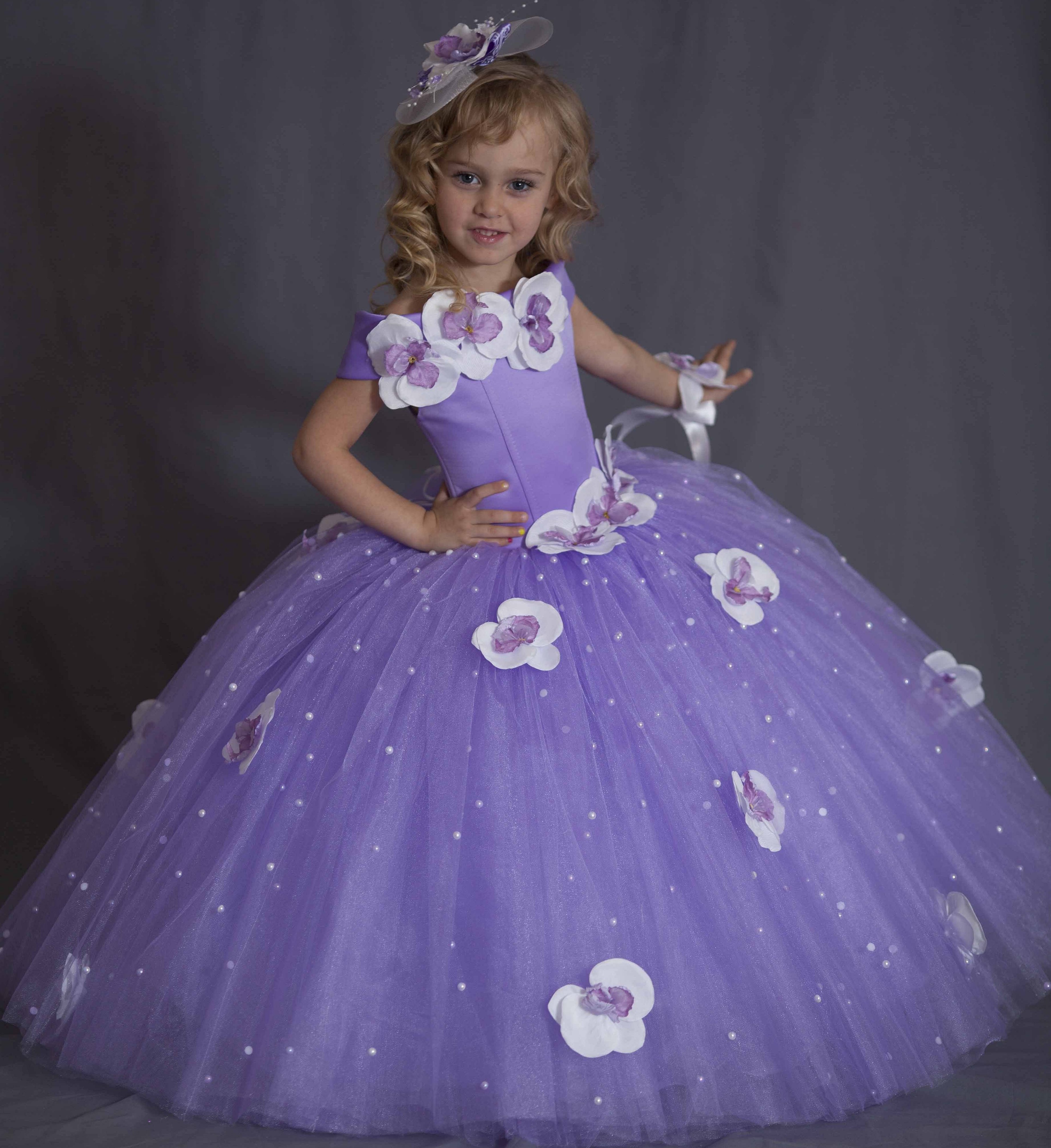
The history of the first mesh material
At the end of the 19th century, American apprentices wove an airy net from the finest nylon threads for ballet tutu studios. It was this invention that made it possible to use weightless outfits in ballet schools, emphasizing the grace and beauty of a ballerina's movements. So it became clear what kind of fabric tulle was. A new type of mesh material.
The tulle fabric underwent changes and heavier ones were used as a protective net against midges and mosquitoes. The use of the first mesh materials was tested by fashion designers in sewing ball gowns, expensive bedspreads in royal chambers, decorating the interior of living rooms, rooms for receiving important guests.

Tulle is a mesh material that undergoes constant changes every time new synthetic and artificial fibers are invented and woven into the structure. The creation of lush and voluminous outfits and products continues to evolve.
Production technology
Modern mesh material is made from nylon and polyester fibers. The stiffness of the fabric directly depends on the thickness of the thread and the size of the cells. Tulle is divided into hard, soft and medium-density materials.
- natural tulle gradually gave way to synthetic;
- the density of the material ranges from 15 to 40 g/m2;
- cells measuring 1-2 mm form a soft tulle, which is not suitable for products with a three-dimensional design;
- The addition of spandex threads increases the fabric's ability to stretch.
- non-creasing material is used as petticoats for ball gowns;
- the use of tulle as a decoration for wardrobe or interior details does not limit its use as an independent material for sewing elegant dresses and skirts;
Please note! Designers and decorators use both shiny and matte and decorated materials in their work.
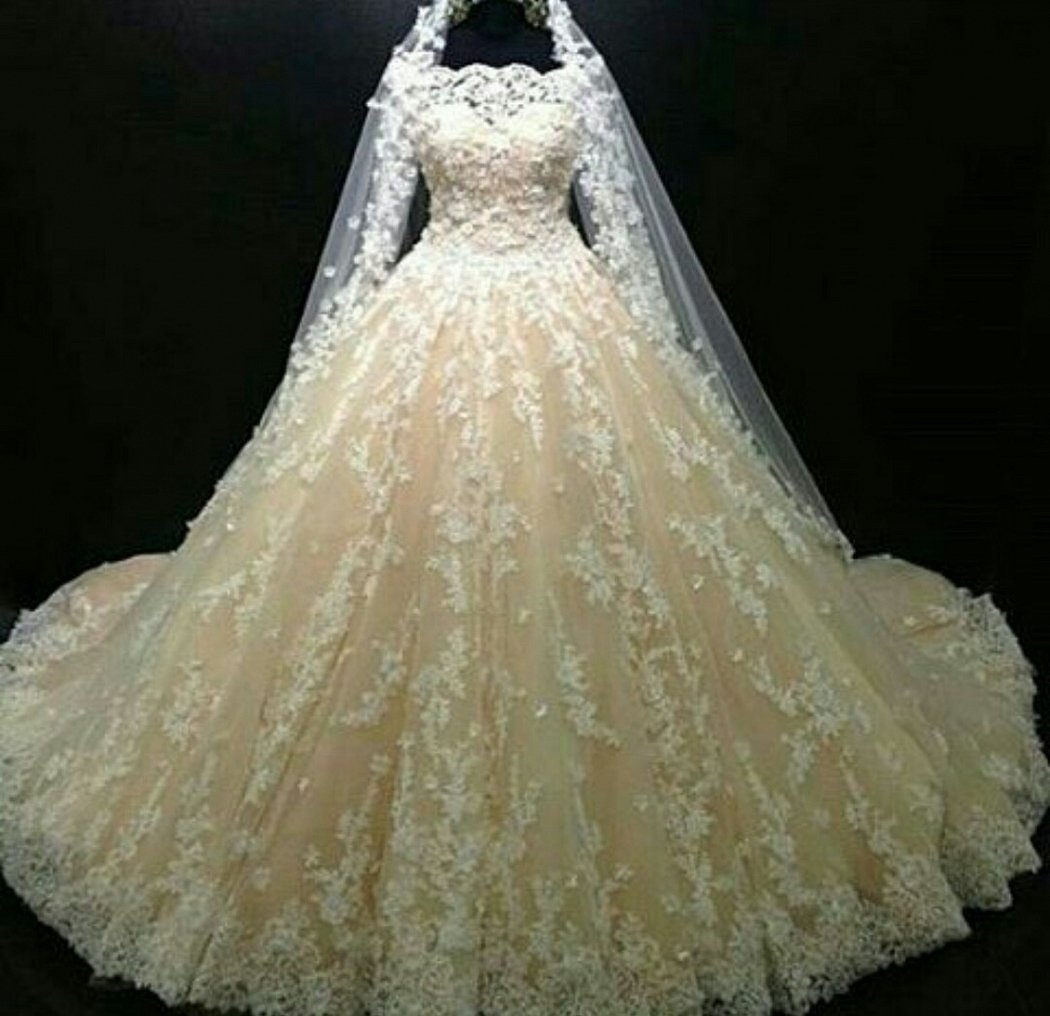
Composition and properties
The quality of the fabric depends on the threads used in production. Synthetic fibers with polyester do not absorb moisture well, but they give certain qualities to the material that make it especially popular.
- wrinkle resistance of the fabric;
- elasticity of the fabric;
- wear resistance;
- resistance to pollution;
- affordable price of fabric.
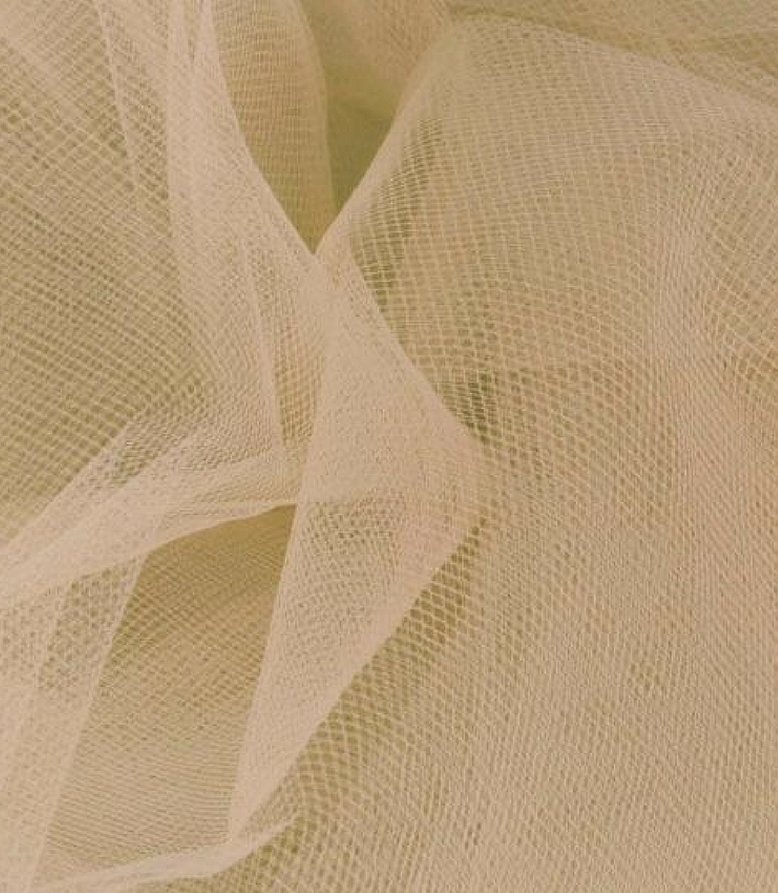
Recommendations for choosing materials
Depending on what exactly will be made from the fabric, batting is selected based on its stiffness, color, and cell size. For voluminous and fluffy skirts, a stiff material capable of holding its shape is selected. For upper skirts of products that require numerous soft gathers, medium-density or soft tulle is selected.
The color and presence of sequins are taken into account when sewing carnival costumes or dresses for little princesses. For the wedding headdress, both rigid material and soft eurotulle are chosen, gently falling along the silhouette of the bride.
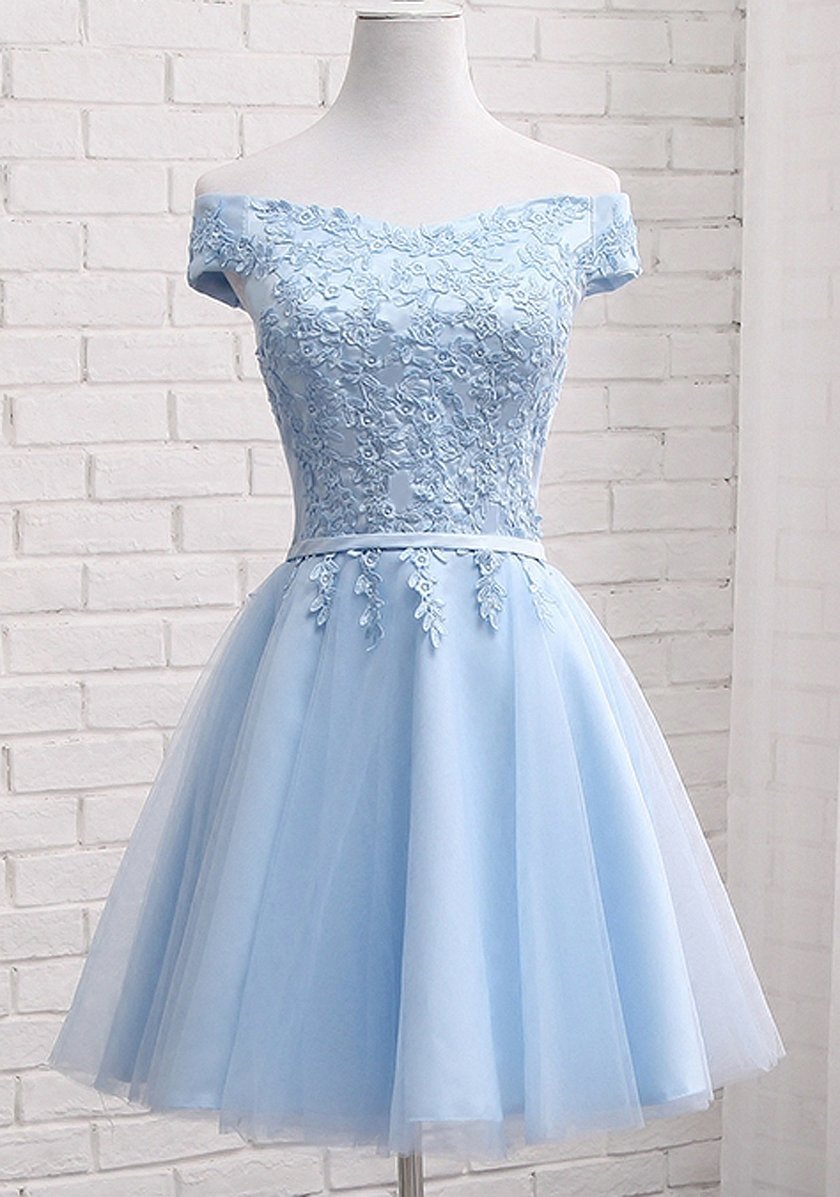
What is sewn from tulle?
The modern market never ceases to amaze with the expanding range of products using tulle. Skirts for fashionistas and dresses for proms, children's ball gowns and elegant costumes for festive events, decorations in hairpins or decorative flowers.
Fabric dyed in different colors can be decorated with embroidery or rhinestones. The creation of romantic and outrageous outfits is almost impossible without the use of modern tulle.
The classic use for making snow-white ballet tutus and creating stage costumes is intertwined with the use of fabric in the manufacture of artificial flowers and hair ornaments. Wedding and evening dresses require the invention of a new type of fabric that turns the celebration into a fairy tale.

Making a special model of skirt called "tutu" is possible at home without professional sewing skills. Making bows and elegant packages is used for special occasions, while rigid fabrics are used to make insect nets.
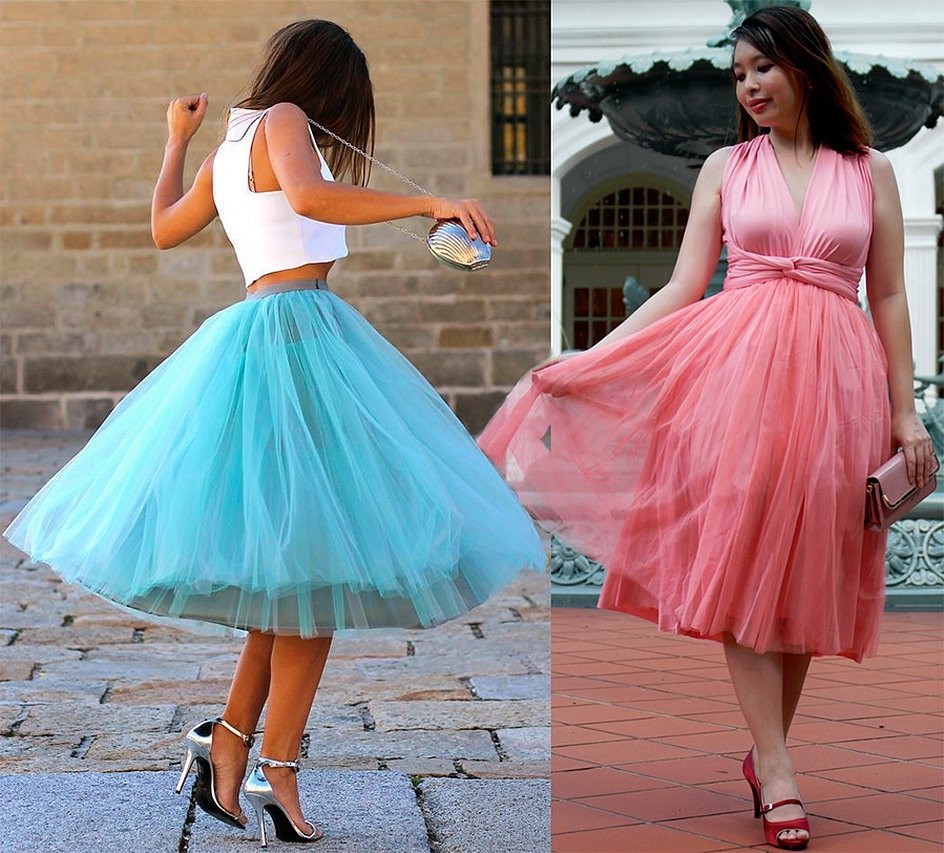
Types of tulle and its areas of application
The external difference of the material is determined by the shine or glow of the threads, the presence of spraying, ornamentation or embroidery. In terms of color, the fabric can be presented in a single-color coloring and combined colors, transitioning according to the principle of the rainbow spectrum.
They are releasing material
- in factory reels with a web width of 1 m;
- in rolls of 15 cm;
- narrow strips up to 10 cm wide.
The further purpose of the fabric is selected based on the density of the fabric.
Please note! Hard is used for veils and decorations, medium density is used for petticoats of evening dresses, and soft is used in sewing skirts.
Soft
Used for items with many folds that fall softly into waves. The bottom layer of a sleeve under organza or the edge of skirts protruding from under a smart dress, imitating a petticoat.
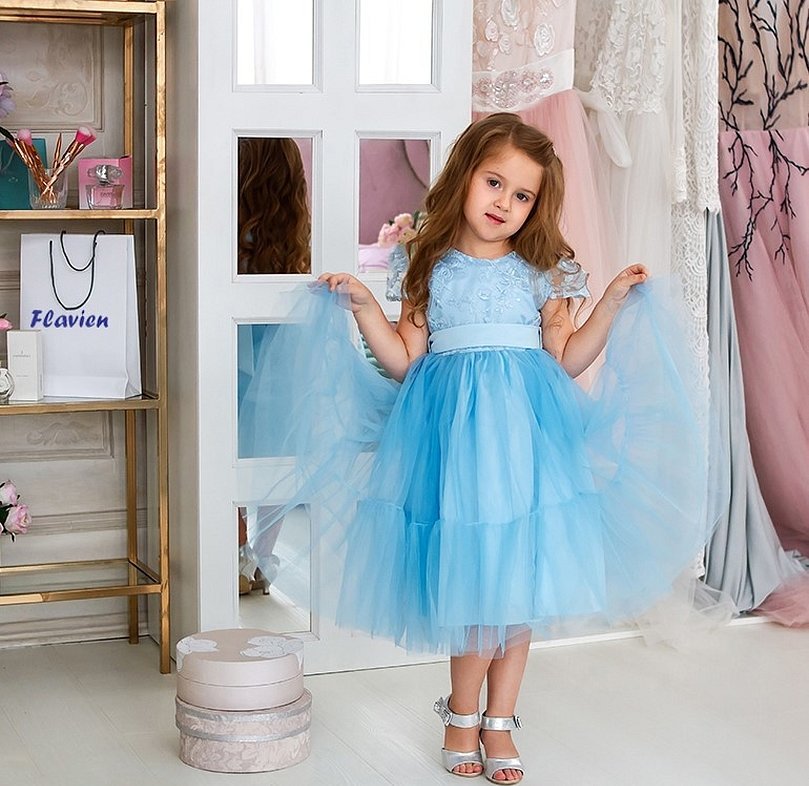
How to care for tulle products
The practicality of the material does not require special care skills. However, some recommendations and tips should be taken into account when storing and cleaning the product.
- Despite the non-wrinkle texture of the fabric, the product may form creases, which can be corrected by warm ironing or steaming.
- Items should be stored hanging in a fabric cover.
- Hand washing only.
- It is not recommended to twist or wring out washed items. Water drains quickly and the item does not require additional drying.
- If you can’t do without machine washing, you should choose a delicate cycle with a water temperature of 40 degrees.
- It is better to entrust a contaminated item to a dry cleaning specialist.
- Iron tulle through a damp cloth using the “synthetic” setting.
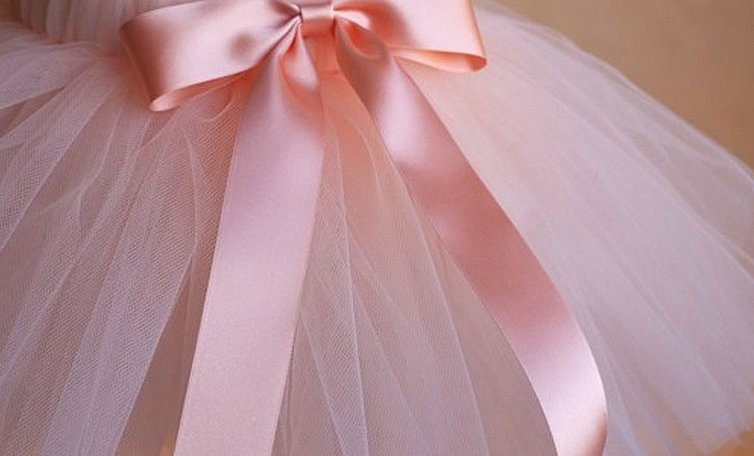
What is the difference between Eurofatin and tulle?
- The main difference between the materials is the rigidity of the twisted synthetic threads used to make the fabric.
- Eurofatin is distinguished by its soft texture and thin thread, which allows it to fit perfectly on the figure in a flowing wave.
- The cost of Eurofatin is 1.5 times higher than that of regular tulle.
- Ease of sewing items with folds.
Eurofatin fabric is a type of tulle material with a more delicate structure of synthetic fibers, allowing you to create multi-level masterpieces of dresses with an endless cascade of skirts and folds. Trains of wedding dresses and luxurious decorations at carnivals and balls. Children's dresses and ballet costumes. This is what is sewn from Eurofatin.
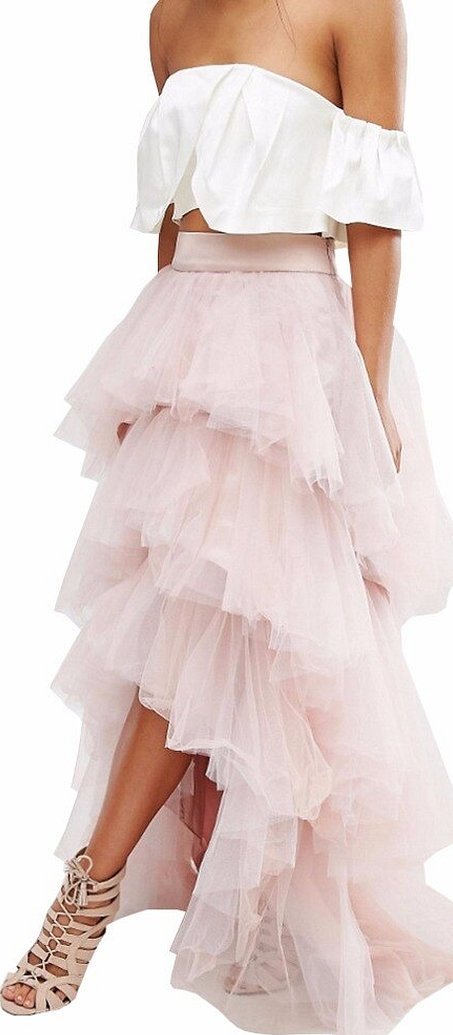
Tulle and mesh: what is the difference
The structure of the fabric is based on stretching polymers to obtain fibers. The frozen threads do not have elasticity, so blending with less rigid fibers, such as spandex, is used.
The durable material is woven on a machine in a special way to form cells from twisted threads. The weaving form has variations. But the result is small honeycombs. Forming a solid mesh material. The word fighting has nothing to do with mesh materials, and the fabric is not considered non-woven because it cannot be made by hand, like a fishing net.

It is difficult to answer the question of tulle and mesh, what is the difference between them. The main indicator is the rigidity of the material and the form of weaving of the threads, which affect this quality. Tulle is a mesh. Only the use of particularly rigid fabric structures in products that are not related to the wardrobe makes a difference between different types of the same material.

The tulle material has firmly established itself in the world of fashion and has significantly improved the choice of fashionistas in replenishing their wardrobe.

